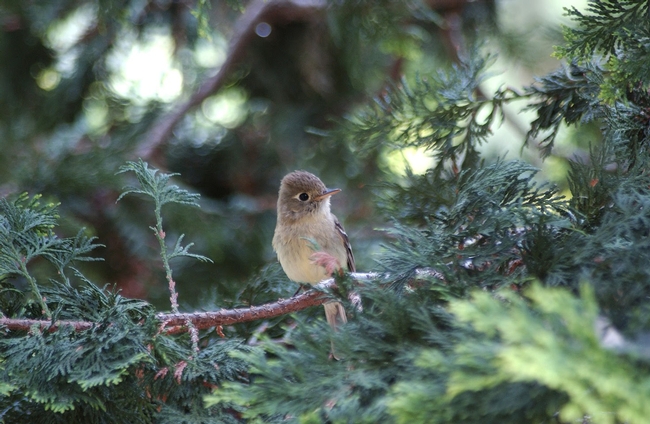Extend Your Garden's Hospitality -- Go Wildlife-Friendly!
This is the first part of a two-part post. Look for Part II next week here on the blog.
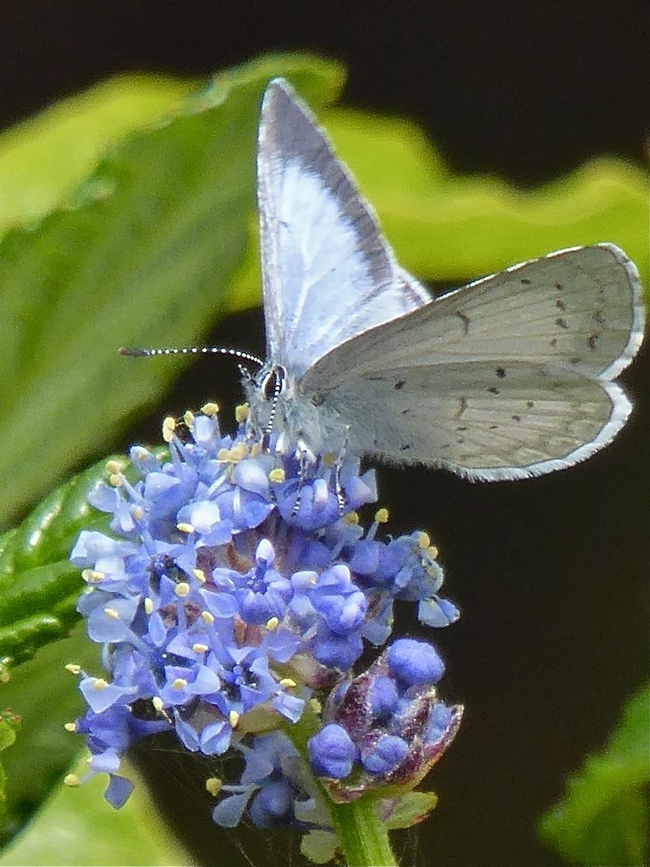
What Makes a Garden Wildlife-Friendly
Habitat, habitat, and more habitat. For the garden, our notion of “wildlife” shifts from larger animals, such as foxes, bobcats, deer, to the other end of the size spectrum: tiny but exponentially more numerous creatures like soil bacteria, insects and spiders, plus reptiles, amphibians, birds and small mammals. A complete garden make-over is not at all necessary to be wildlife-friendly. Wise selection and placement of native plants and physical features (e.g., shelters, perches) can create habitat, and work together with your existing garden to add depth and breadth to your garden's ecosystem.
The Unique Relationship Between Native Plants and Wildlife
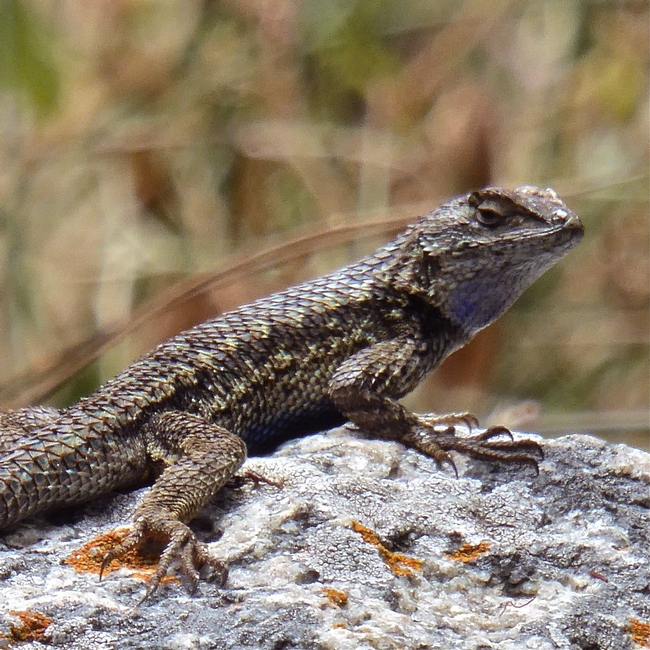
-
Insects and plants co-evolved over long periods of time, adapting in tandem to each other and to their shared environment. About ninety percent of insect species are specialists, drawn only to specific plant(s) for food or other needs. These insect-plant associations are critical, especially for insects that undergo metamorphosis and use different plants at different life stages, e.g., larval vs. adult. For the 10% of insect species that are generalists, those insects have evolved special adaptations that allow them to use a wide variety of plants.
-
Across plant species, not all leaves are created equal. Each species' leaves contain a unique set of chemical compounds which can attract one insect species but not another. The specific set of leaf compounds present determines 1) if native insects can find and recognize the plant, and 2) if the insect can use the plant for food or reproduction. For some wildlife species, a closely-related plant, whether native or non-native, may be a suitable alternative if the host plant is not available.
-
Our gardens are ecosystems. A healthy, sustainable ecosystem contains a diversity of plants and wildlife to meet the needs of its many inhabitants. For example, adult birds often favor berry-producing plants until reproduction, when they shift their diet to insects to obtain the protein they need for themselves and their young. However, many berry plants often do not host insect life when birds make this dietary shift. A single plant species, even if native, cannot necessarily support all life stages or habitat needs of the wildlife that use it.
Benefits to Your Garden and Community
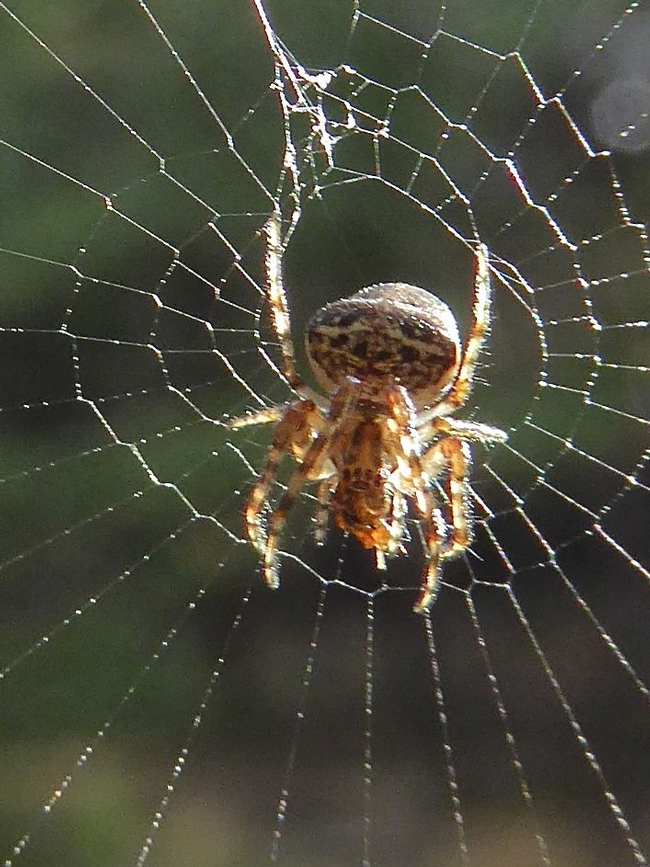
Programs from the organizations listed below provide guidance and how-to's for integrating wildlife habitat into gardens. These programs can also spread the word in your community by certifying, and honoring with a public sign, gardens that meet criteria for being wildlife-friendly. Although these certification programs differ somewhat in their criteria, they all offer best practices that can help you, and inspire your community, whether your garden is an apartment balcony, or a generous front or back yard.
For local inspiration, be sure to attend our 2017 UC Master Gardeners of Monterey Bay Garden Tour on September 9th, 2017. More information about the Garden Tour is here.
References and Additional Resources
References
A Garden Guide To Beneficial Insects. Richard Merrill.
Bringing Nature Home: How You Can Sustain Wildlife with Native Plants, Updated and Expanded. 2009. Douglas W. Tallamy, Rick Darke (Foreword). Timber Press.
Additional Resources
1. Wildlife-Friendly Gardens
Ecology for Gardeners. 2004. Steven B. Carroll and Steven D. Salt,Erroll D. Hooper Jr. (Drawings). Timber Press.
The California Wildlife Habitat Garden: How to Attract Bees, Butterflies, Birds, and Other Animals. 2012. Nancy Bauer. University of California Press.
Xerces Society for Invertebrate Conservation
2. Wildlife-Friendly Gardens – Organizations
The Humane Society of the United States
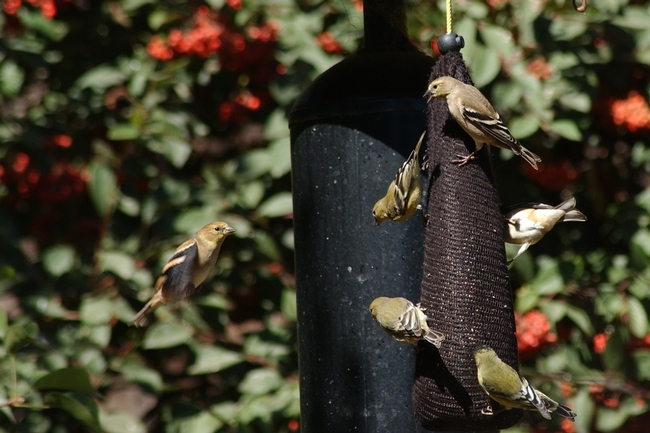 Goldfinches at a feeder. Photo by Leora Worthington.3. Local Plants and Wildlife
Goldfinches at a feeder. Photo by Leora Worthington.3. Local Plants and Wildlife

California Department of Parks and Recreation
California Native Plant Society
County of Santa Cruz Parks, Open Space & Cultural Services
Elkhorn Slough Foundation / Elkhorn Slough National Estuarine Research Reserve
Fitz Wetlands Educational Resource Center, here and here
Monterey Peninsula Regional Park District (plant and wildlife lists available only at park visitor centers)
4. Arboretums, Botanical Gardens and Museums
University of California Santa Cruz Arboretum
San Francisco Botanical Garden
Pacific Grove Museum of Natural History
5. Medical and Veterinary
American Society for the Prevention of Cruelty to Animals, here and here
University of California Division of Agriculture and Natural Resources
6. Maintaining a Wildlife-Friendly Garden
California Invasive Plant Council (Cal-IPC)
The Gardener's Guide to Common-Sense Pest Control: Completely Revised and Updated. 2013. William Olkowski, Sheila Daar, Helga Olkowski. Taunton Press.
UC Statewide Integrated Pest Management Program
If you'd like to purchase any of the reference books mentioned, use our AmazonSmile account! It won't cost you anything but we'll get a small donation with each purchase made through our link. Don't forget to subscribe to our blog so that you receive an email notification when a new post goes up. If you have questions, contact us online, by phone or in person to get answers to your gardening quandaries!
